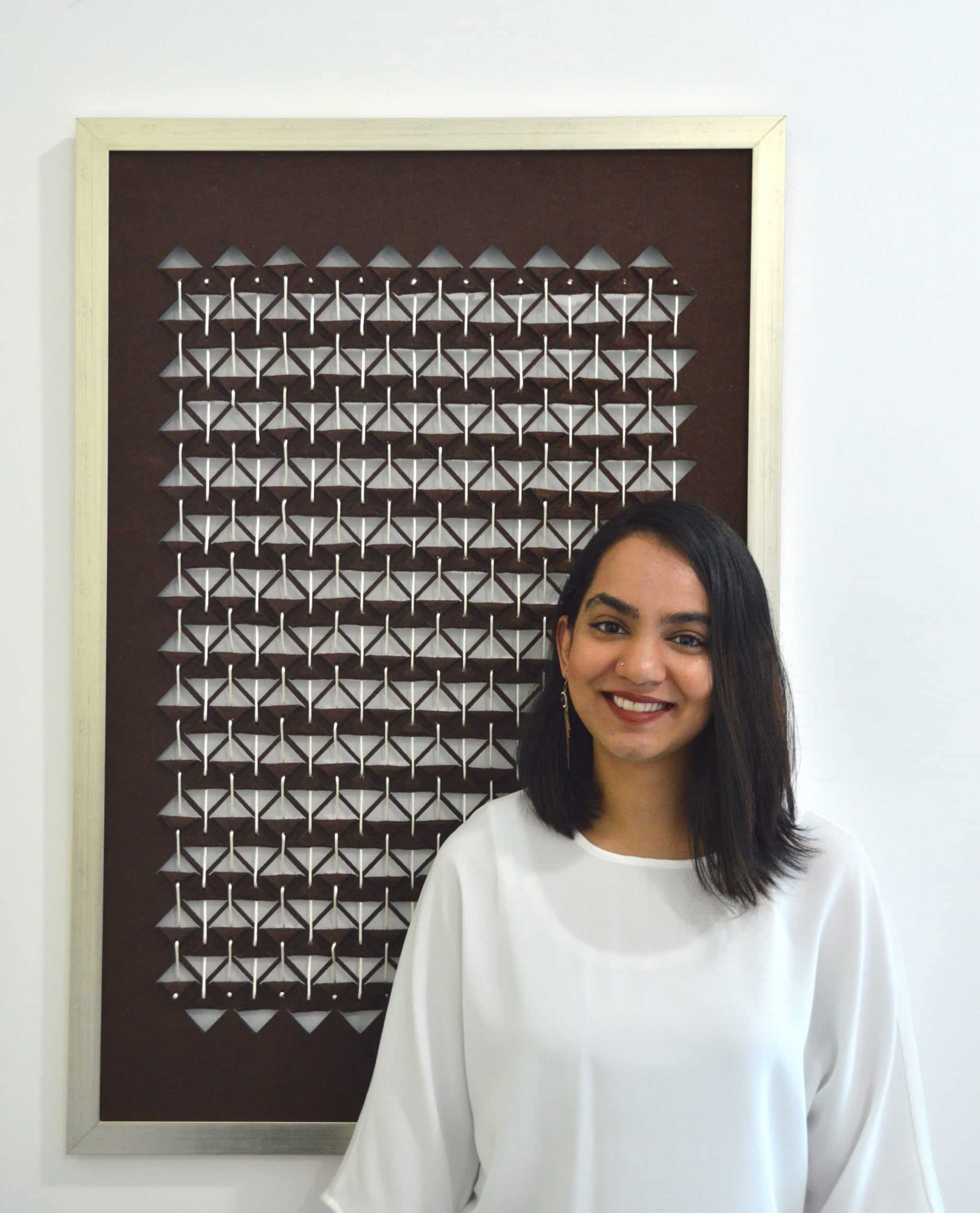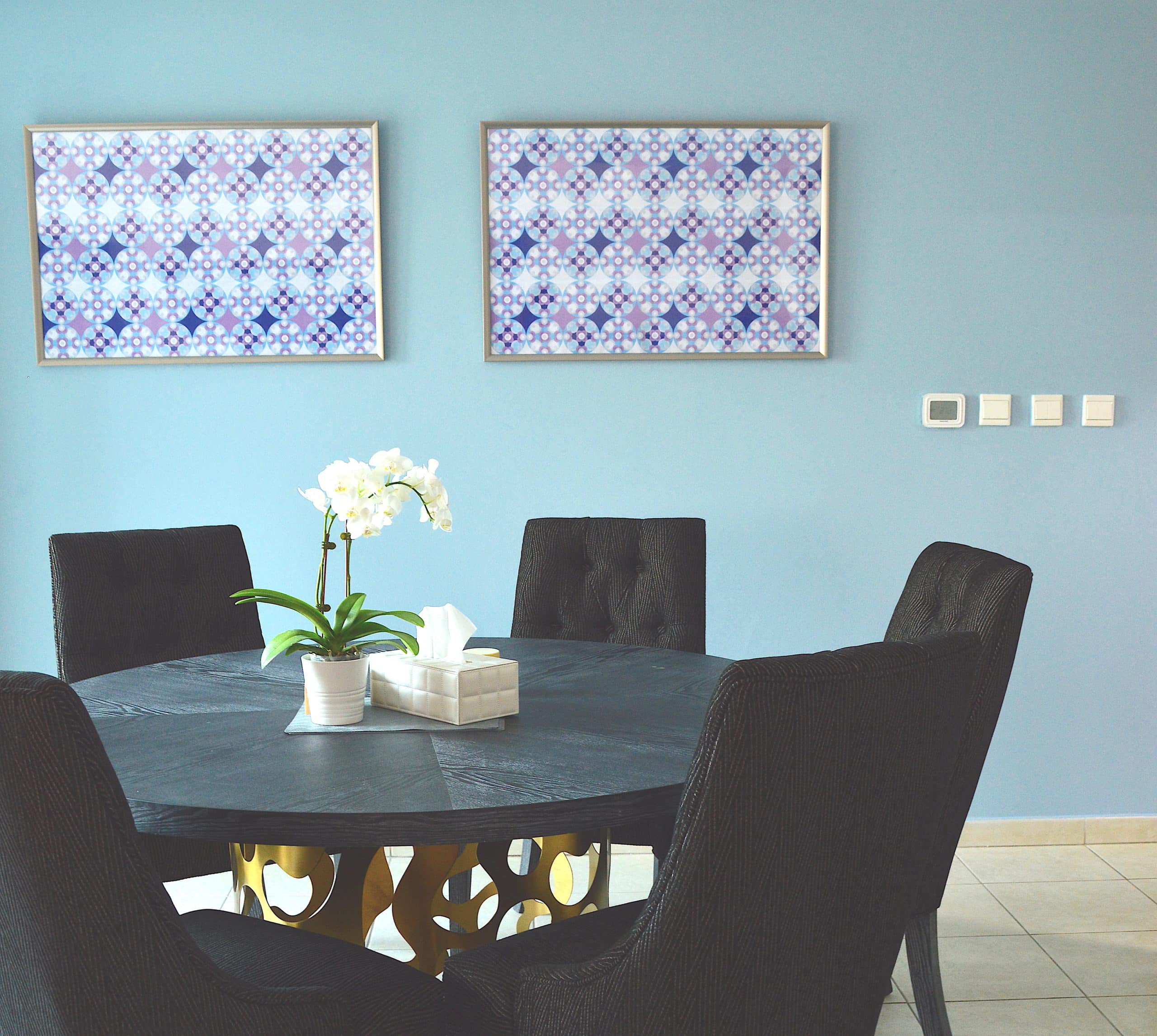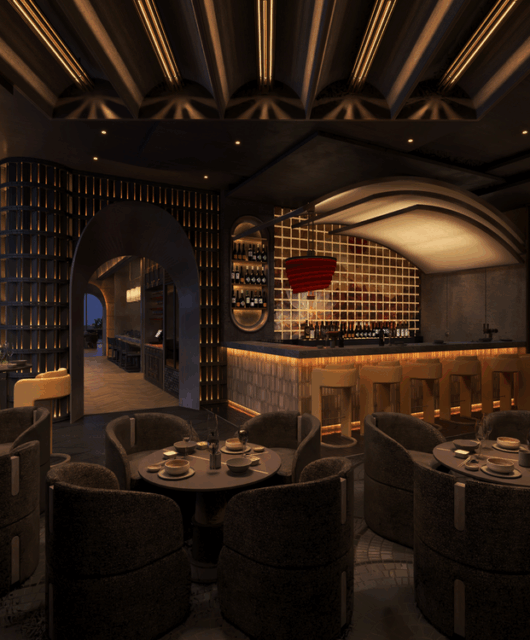
It is safe to say we are living in unprecedented times. The onset of COVID-19 has completely changed the way we live and work. As part of the creative industry, my colleagues and I have faced an incredible number of changes in the last few weeks. As we slowly move out of lockdowns and curfews, we must think: how will we recover? What other changes can we expect in the near future, and how might we adapt to them?
While many are hoping for a return to “normalcy”, their idea of normal being the way things were before the pandemic, we know that life and work only move forward, not backward. As Greek philosopher Heraclitus said, ‘The only constant is change’. As designers, we need to solve the problems of today and tomorrow, not the problems of yesterday. We cannot afford to continue the same way we had before the pandemic, because the world is simply different. We need a massive shift in perspective, a deeper analysis of the new needs and situations of clients and consumers, and revised strategies to solve these new problems.

Looking at the textile and materials industries specifically, there are clear trends that can be seen. As key collaborators and suppliers of interior designers, architects, fashion designers and more, the effects on the textile industry will ripple into other creative industries. The industries are heading towards two clear textile trends.
- A rise in sustainability and
- A shift towards local sourcing
As governments prepare care relief packages for their economies, the United Nations is urging them to align their COVID-19 strategies with incentives for climate change. Over 150 corporations including Burberry and YKK Group have pledged to set targets to reduce their carbon emissions and footprint. “With this restart, a window of hope and opportunity opens… an opportunity for nations to green their recovery packages and shape the 21st century economy in ways that are clean, green, healthy, safe and more resilient” – said the UN climate chief. Thus, we can expect a focus on cleaner production methods, environmentally sustainable materials and a better treatment of workers in the upcoming years. Conscious living has been on the rise and if governments follow suit, we can see this trend increasing exponentially.
Speaking of production methods, large textile manufacturers are currently dealing with major setbacks. To name a few; falling demand from major economies, a lack of raw materials, restricted workforce, delays in international shipping and even failure in fulfilling order commitments. Additionally, consumer needs and behaviour are changing rapidly. So only those who can steer these unsteady waters quickly and with flexibility will be the ones to persevere. As large production houses and suppliers strive to recover and find structure in their global textile supply chains, a major opportunity presents itself for regional textile and material suppliers.
International Labor Organization’s sectoral brief suggests that “the pandemic could affect the composition of global textile, clothing, leather and footwear supply chains and trade, and accelerate the re or near-shoring of production.” Independent regional boutiques can innovate, find new solutions, and implement them faster than their large counterparts. The regional presence of home-grown brands will become a necessity and will be treated with as much respect as big international players in the coming years.
The average lifespan of large multinationals has been declining rapidly in the last few years as new innovations and disruptive ideas gain traction. Covid-19 will accelerate this shift towards smaller, local companies that can build personalised services and relationships with clients. Further, there are vast amounts of benefits of sourcing textiles and materials locally. One of the main ones being that regional players don’t have the structural and shipment setbacks of large companies. This allows them to meet project deadlines and keep clients happy. This shift towards regional sourcing also opens up possibilities to develop the local design hub and aesthetics that speak to clients’ local sensibilities.
There is an abundance of local talent emerging in the Middle East and this is the time for them to step up to consumer demand and be at the forefront for the coming years. It is also up to us to support the growth of the local design hub. Above all, COVID-19 has given most of us time for reflection and consumers are looking for the human-centred design. Whether it’s through living more sustainably or supporting local communities, much of design will need to focus on humanistic aspects in the coming future.







